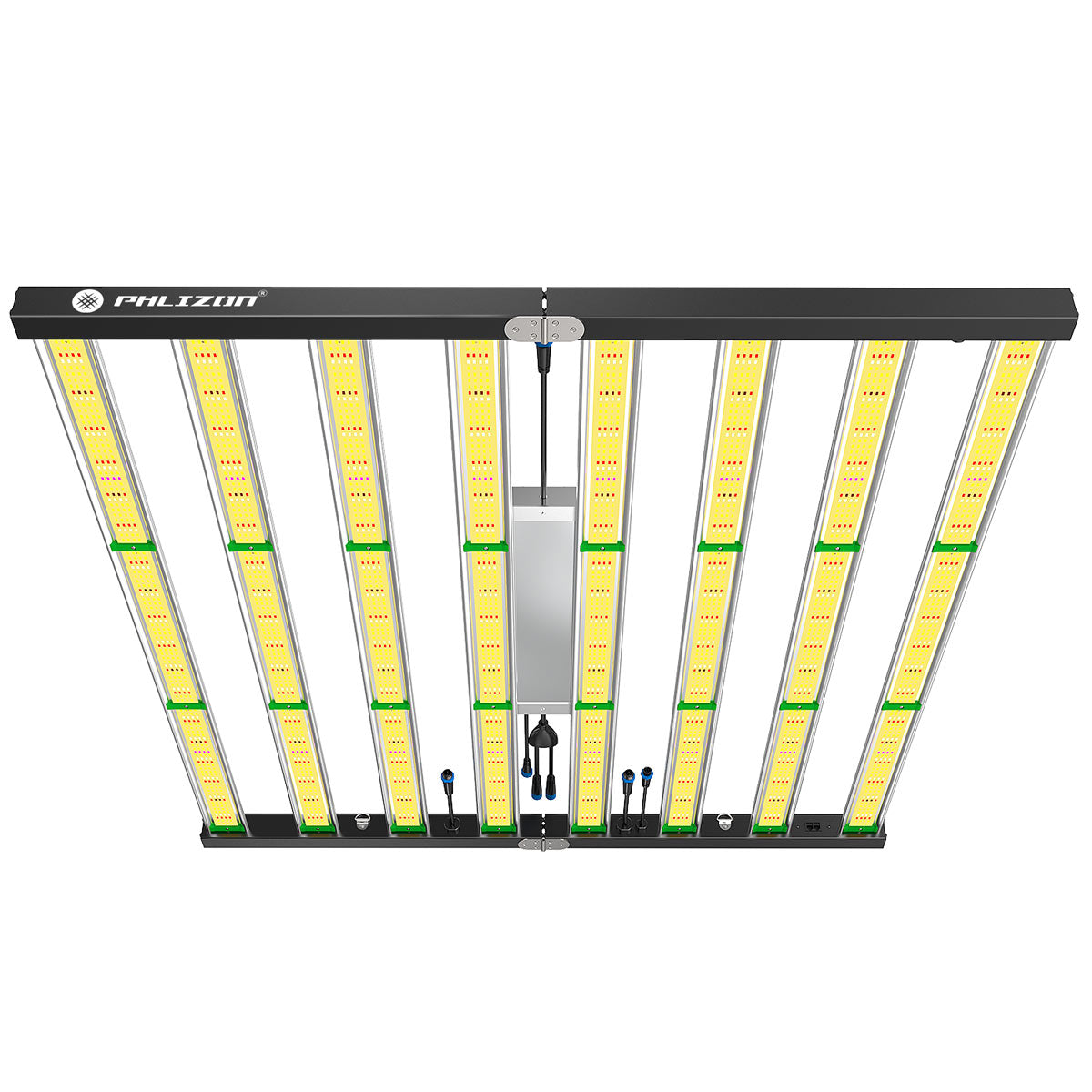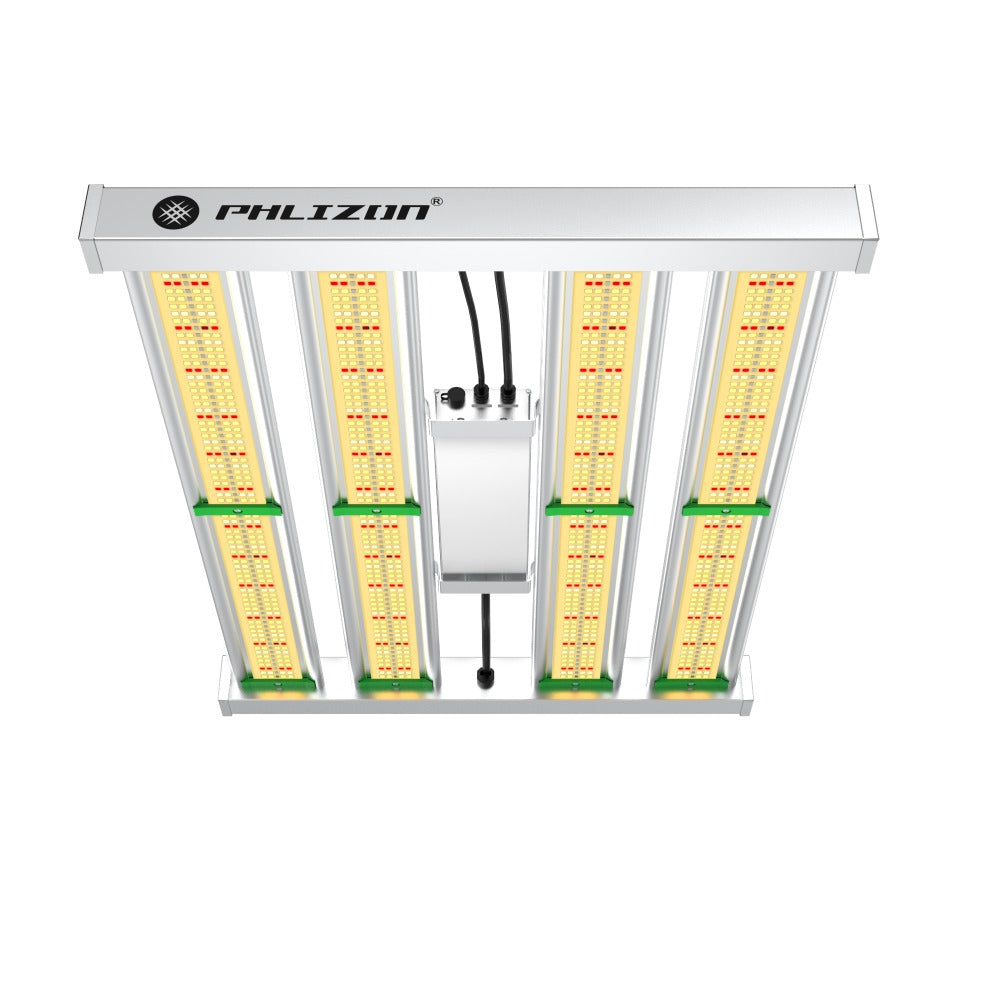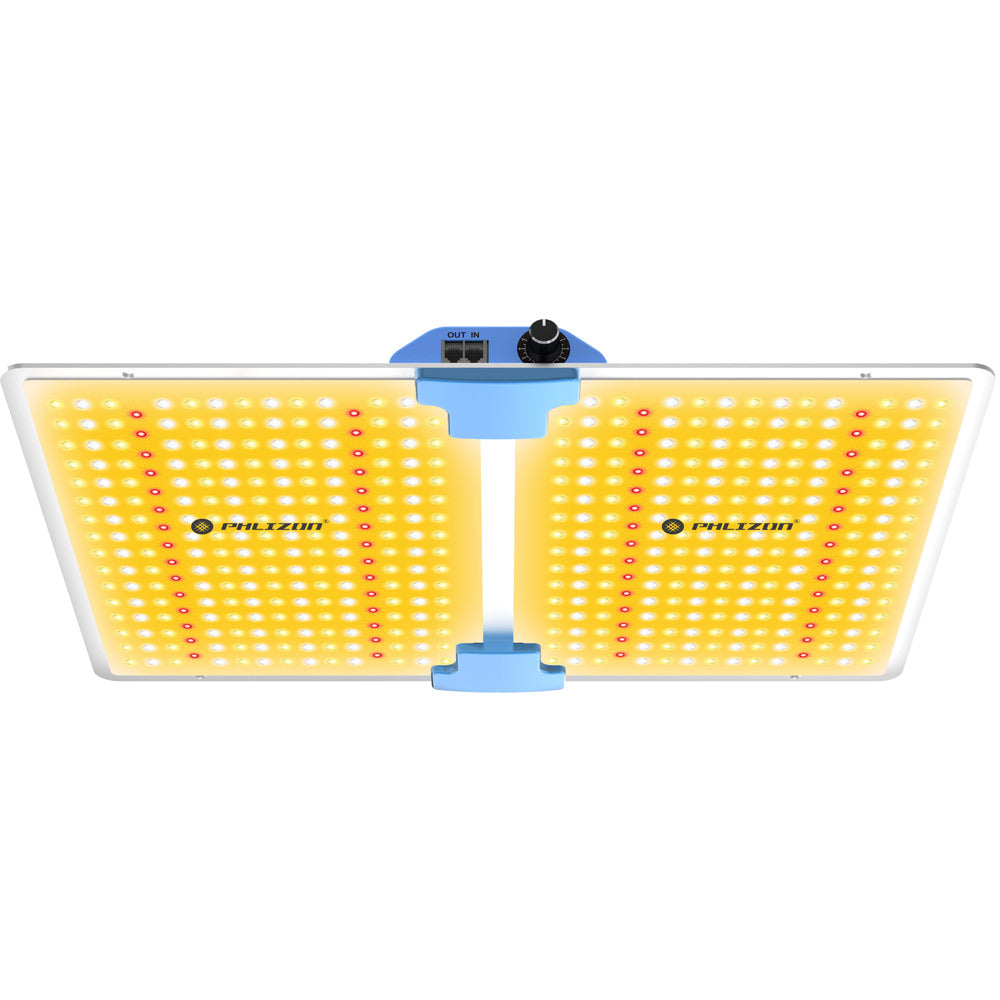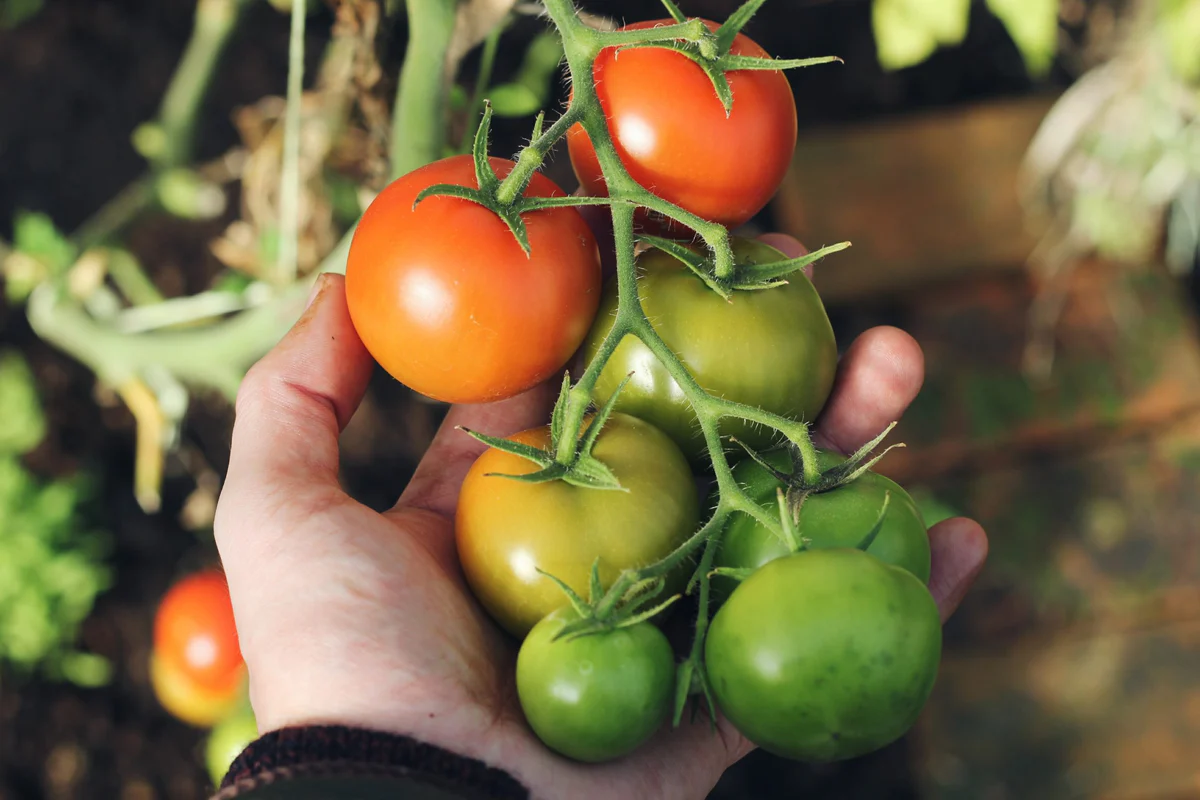Menu
Maximizing Tomato Growth with LED Grow Lights
Understanding the Benefits of LED Grow Lights for Tomatoes
When it comes to growing tomatoes indoors, utilizing LED grow lights can make a significant difference in the health and yield of your plants. LED grow lights are designed to provide the specific light spectrum that plants like tomatoes need for photosynthesis and growth. Unlike traditional lighting options, such as incandescent or fluorescent bulbs, LED grow lights are energy-efficient and emit less heat, preventing plants from getting burned.
The Science Behind LED Grow Lights
LED grow lights produce light in wavelengths that are tailored to meet the needs of plants. For tomatoes, a combination of red and blue light is essential for optimal growth. Red light stimulates flowering and fruiting, while blue light is crucial for vegetative growth. By using LED grow lights that offer a balanced spectrum of red and blue light, you can ensure that your tomato plants receive the light they need at every stage of growth.
Maximizing Growth Potential
LED grow lights can be positioned close to the plants without causing damage, allowing for better light penetration and increased photosynthesis. This proximity helps in maximizing the growth potential of your tomato plants, resulting in healthier foliage and higher yields. Additionally, LED grow lights have a longer lifespan than traditional lighting options, making them a cost-effective and reliable choice for indoor gardening.
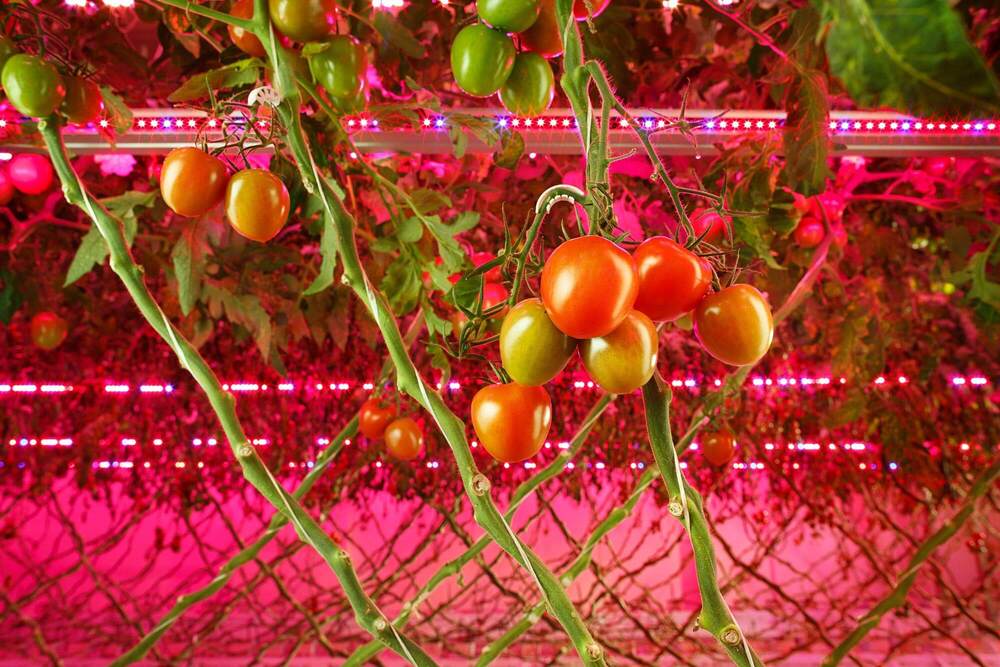
Tips for Grow Tomato with LED Grow Lights
Choosing the Right LED Grow Light
When selecting an LED grow light for your tomato plants, it is essential to consider the light spectrum, wattage, and coverage area. Opt for a full-spectrum LED grow light with a wattage suitable for the size of your tomato garden. Ensure that the light can cover the entire growing area to provide uniform lighting for all your tomato plants.
Setting Up Your LED Grow Lights for Tomatoes
To effectively utilize LED grow lights for growing tomatoes, place the lights above the tomato plants at an appropriate distance. The ideal distance may vary depending on the wattage and intensity of the LED grow light, so it is essential to refer to the manufacturer's guidelines. As a general rule of thumb, maintain a distance of around 12-18 inches between the LED grow light and the tomato plants.
Providing Adequate Light and Darkness
Tomato plants require a balance of light and darkness to thrive. When using LED grow lights, ensure that your tomato plants receive around 12-16 hours of light per day. It is crucial to give your plants a period of darkness to rest and undergo crucial processes such as photosynthesis. Use a timer to automate the lighting schedule and maintain consistency.
Monitoring and Adjusting Light Levels
Regularly monitor your tomato plants for any signs of light deficiency or excess. Adjust the height and intensity of the LED grow lights as needed to ensure that the plants receive adequate light for healthy growth. Keep an eye on the color and development of the tomato plants to gauge their response to the LED grow lights.
Harvesting Your Homegrown Tomatoes
With proper care and the right use of LED grow lights, you can look forward to a bountiful harvest of juicy, flavorful tomatoes. As your tomato plants mature, observe the ripening process and pick the tomatoes at their peak ripeness for the best flavor. Enjoy the satisfaction of growing your tomatoes indoors with the help of LED grow lights.
Conclusion
In conclusion, LED grow lights are a game-changer when it comes to growing tomatoes indoors. By providing the right spectrum of light and energy-efficient operation, LED grow lights can help you cultivate healthy and productive tomato plants year-round. Invest in quality LED grow lights tailored to the needs of your tomatoes, and watch your indoor garden thrive like never before.
Featured blog
- Choosing a selection results in a full page refresh.
